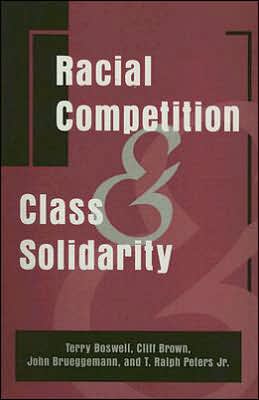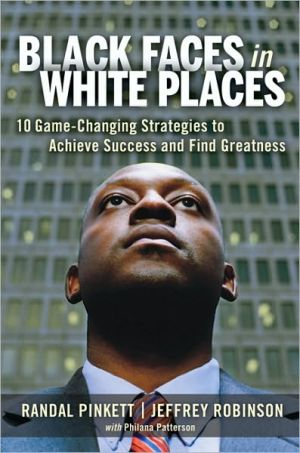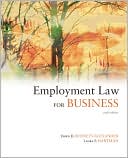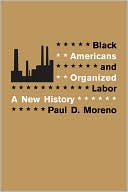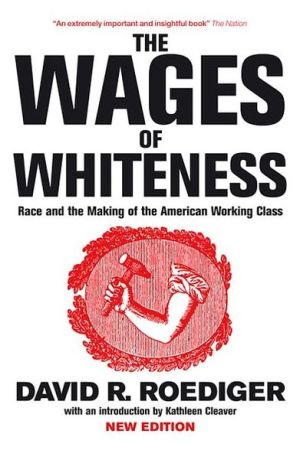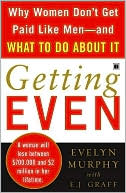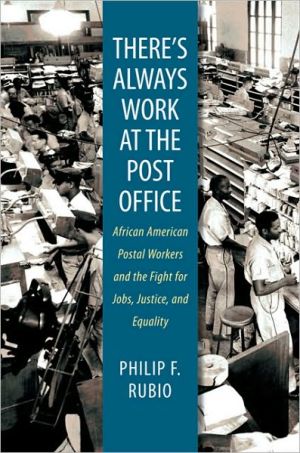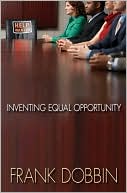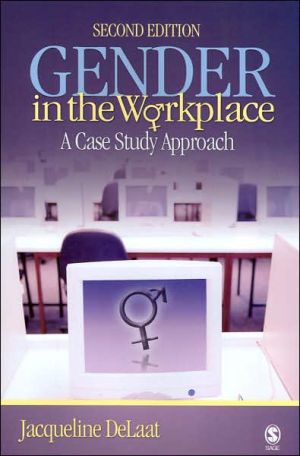Racial Competition and Class Solidarity
"It sometimes seems that racial conflict is an intractable impediment to class solidarity in the United States. Yet in a time of economic depression and overt racism, the unions of the CIO did, on a number of occasions, forge interracial solidarity among industrial workers of the 1930s and 1940s. This book explores the role of racism and racial solidarity in union organizing efforts or strikes during the period between the Civil War and the Civil Rights Movement, covering both those...
Search in google:
"It sometimes seems that racial conflict is an intractable impediment to class solidarity in the United States. Yet in a time of economic depression and overt racism, the unions of the CIO did, on a number of occasions, forge interracial solidarity among industrial workers of the 1930s and 1940s. This book explores the role of racism and racial solidarity in union organizing efforts or strikes during the period between the Civil War and the Civil Rights Movement, covering both those conditions and actions that enabled unions to realize interracial solidarity and those more common circumstances in which union organizing was defeated by racial competition." The authors combine theories of racial competition, specifically split labor market theory, with game theory models of collective action to compare the patterns of race relations that accompanied nine American labor organizing drives and strikes. They conclude that racial competition thwarted solidarity when minorities were recent immigrants or where employers used racist paternalism. Where conditions were more favorable, unions overcame racial divisions by institutionalizing their rhetoric about racial equality in the form of black organizers and black union officials, in what came to be known as the "miners' formula". This formula worked, and the CIO unions today remain among the country's most integrated institutions and most powerful advocates of working class interests.
1Introduction12Theories of racial competition and organizing solidarity193Migration and markets - the origins of split labor markets454Sojourner labor - the pattern of discrimination against Chinese immigrants, 1850-1882615Racial competition in the Great Steel Strike of 1919856The formula - interracial solidarity in the coal, steel, and auto unions, 1927-19411097Operation Dixie - paternalism and employer discrimination in Southern Textiles, 1946-19531558Conclusions - organizing solidarity189AppQualitative comparative analyses of strikebreaking and solidarity199
